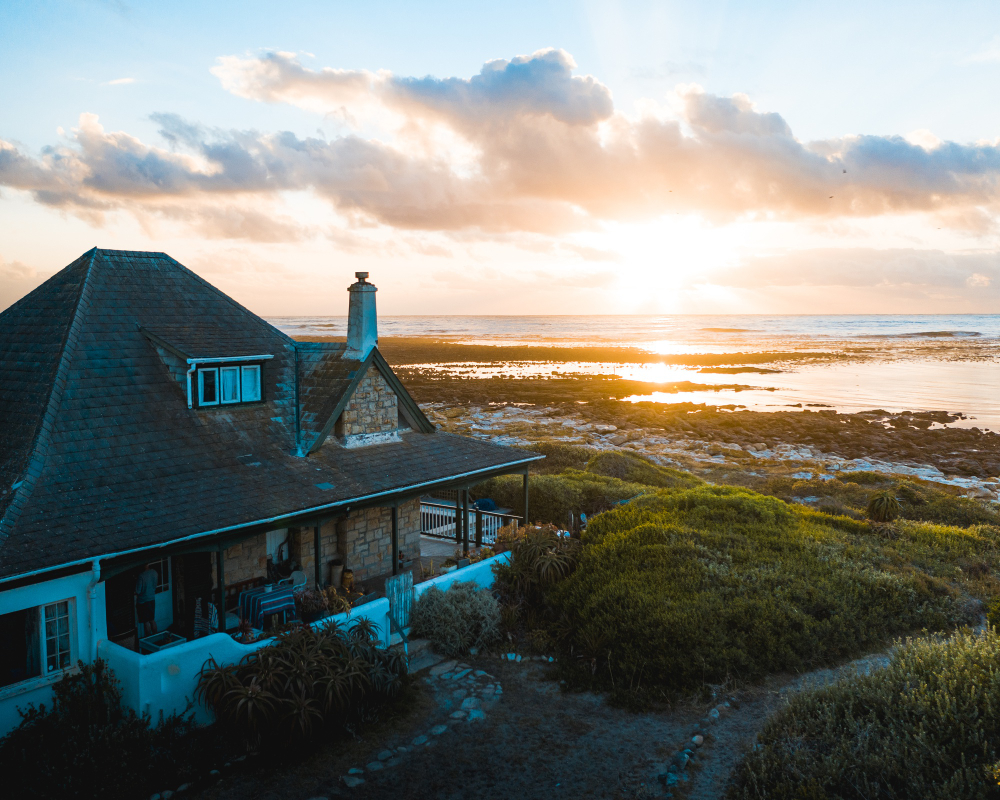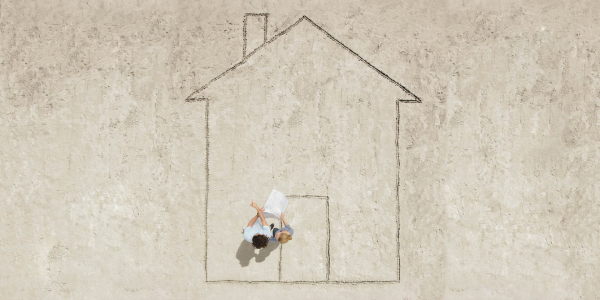Buying a second home can be an exciting and strategic investment, whether it’s for personal use, rental income, or future retirement. Understanding the process, costs, and financing options is crucial to making an informed decision. This guide provides insights into purchasing a second home, tax considerations, mortgage details, financing strategies, and key aspects of managing and maintaining a second property.
What is a second home?
A second home is a property that is not your primary residence but is used for personal use or investment purposes. It could be a vacation home, a rental property, or a future retirement residence. Owning an additional property can provide financial security, tax benefits, and lifestyle enhancements.
When buying a second home that will be your primary residence, it is important to understand how mortgage and tax implications work. Many buyers also consider buying a second home and renting the first as a way to generate additional income. Converting an existing home into a rental while moving into a newly acquired second property can provide cash flow that helps cover expenses.
How to purchase a second home?
Purchasing a second home requires careful planning, including budget assessment, financing options, and evaluating long-term goals. Steps include:
- Assess your financial situation: Calculate your income, savings, and expenses to determine if you can manage the cost of owning two homes. This includes factoring in maintenance, utilities, and potential rental income if applicable.
- Determine loan eligibility: Check your credit score and debt-to-income ratio to qualify for a second-home mortgage. Lenders often have stricter requirements for second-home loans than for primary residences.
- Find the right location: Consider factors like accessibility, property value appreciation, and rental potential. A well-located second home can offer high resale value and investment returns.
- Understand the market: Research property prices, neighborhood trends, and future development plans. A thorough market analysis can help ensure that your second home is a solid investment.
- Compare financing options: Explore different loan types, including the minimum down payment required for a conventional loan on a second home. Additionally, evaluate whether refinancing your current home could provide extra funds for your purchase.
Taxes and mortgage on a second home: what to know
How taxes work on a second home
The tax on a second home depends on how the property is used. If it is used as a personal residence, mortgage interest and property taxes may be deductible. However, if the home is rented out, tax implications change, including reporting rental income and potential capital gains tax when selling. It is important to track expenses and tax obligations to maximize financial benefits.
In Spain, the ITP tax applies to the purchase of resale homes, with rates varying by region. Buyers should review local tax regulations before making a purchase.
Qualify for a second-home mortgage
To secure a mortgage on a second house, lenders typically require a strong credit score, a low debt-to-income ratio, and proof of financial stability. The second home down payment is generally higher than for a primary residence, ranging between 10-25%. Lenders may also require additional proof that the second home will not be used as a rental if applying for conventional loan benefits.
Financing a second home
Financing a second home can be done through various options, such as:
- Traditional mortgage loans: Requires a higher down payment and a strong financial profile.
- Home equity loans: Allows borrowing against the equity of an existing home, providing funds for the second home purchase.
- Cash purchase: Ideal for buyers who have saved enough to buy without financing, avoiding interest payments and additional lender requirements.
- Investment property loans: If the second home is primarily intended for rental, different loan programs may apply.
Comparing interest rates and loan terms can help in finding the best way to buy a second home while optimizing financial benefits.
5 ways to buy a second home with no down payment
For buyers who want to purchase a second home but lack immediate funds, there are several strategies to explore:
- Home equity line of credit (HELOC): Borrowing against the existing property’s equity.
- Seller financing: Some sellers offer direct financing with lower down payment requirements.
- Rent-to-own agreements: Allows gradual ownership transfer while paying rent.
- Bridge loans: Short-term financing to cover costs while selling another property.
- Partnership purchases: Buying with a family member or investor to split costs, reducing financial strain.
Buying a second home in another state: key steps
Buying a second home in another state requires additional considerations, including:
- Understanding state-specific taxes and regulations: Property tax rates, mortgage laws, and closing costs vary by state.
- Hiring a local real estate agent: A knowledgeable local agent can provide market insights and streamline the purchasing process.
- Researching neighborhood amenities and property value trends: Evaluating schools, transportation, and development plans can impact long-term property value.
- Arranging virtual or in-person property visits: Ensuring the home meets expectations before committing to purchase.
- Ensuring remote management options for rental properties: If renting the second home, hiring a property management company can simplify maintenance and tenant relations.
In some cases, buyers may wonder how much the deed of sale for land costs, as this cost varies by location and property type.
Tips for a second home buyer
- Define the purpose: Determine if the home will be used for vacations, rental income, or future relocation.
- Calculate all expenses: Include property taxes, insurance, maintenance, and utility costs.
- Choose a strategic location: Look for areas with potential value appreciation and strong rental demand if planning to lease the home.
- Explore mortgage options: Compare lenders and loan programs to secure favorable terms.
- Understand rental regulations: If buying a second home for rental, research short-term and long-term rental laws to ensure compliance.
- Consider property management services: If the second home will be rented out, professional management can ease the burden of maintenance and tenant relations.
- Think long-term: A second home should align with both current and future financial goals, ensuring it remains a beneficial investment.
By following these steps and considering financing options, taxes, and mortgage requirements, buying a second home can be a successful and rewarding investment.

Related articles
Discover your new home with MiA
We have launched our virtual agent to help you find the property you are looking for.
Ask MiA and get personalized recommendations to find your dream home. Try it now!




